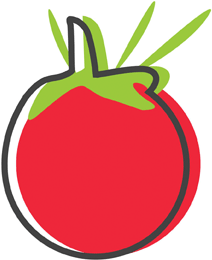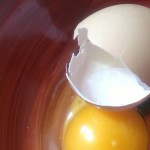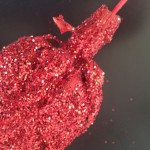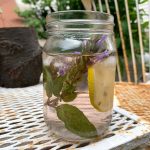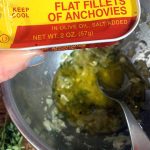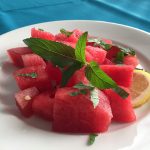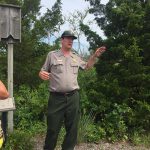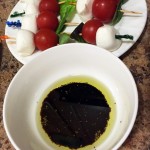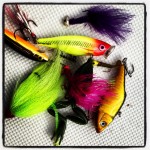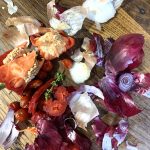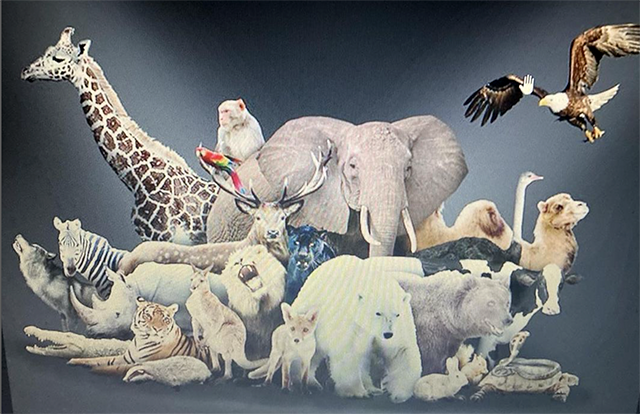
Join animal lovers throughout the peninsula for ANIMAL ROCK 2022. This always anticipated event is an expression and celebration of the love that humans and animals share. Expect information on ways to support animals, pick up a raffle to win prizes from local businesses, begin your pet adoptions process, bring your beloved animal for a special blessing, enjoy vegan food offerings from Mara’s Ice Cream and Thai Rock and much animal inspired merriment!
This celebration will be held on Saturday, September 24, 2022 from 10:00 am to 4:00pm at Beach 94 Street and Shore Front Parkway on the Boardwalk.
Here are the specifics on participates as of now:
- Rev. Dr. Eleni Marudis, Interfaith Chaplain, and her beloved fur baby, Taco Bella, will be blessing animals at the event.
- Noah’s Ark rescues, vets, fosters, and finds homes for kittens and cats.The group will be bringing some of their adorable animals in need of loving homes.
- PALS (People & Animals Living Safely) provides a safe, secure place for domestic violence victims and their pets to heal together.
- American Littoral Society promotes the study and conservation of marine life and habitat, protects the coast and empowers others to do the same.
- Connor’s Canine Cookies was inspired by 12-year-old Connor Quinn Rodriguez’s love for his two dogs, Max and Scoob. He bakes his treats with love and an extra chromosome.
- Peta literature that describes ways to help animals and introduces the concept of “speciesism.” Speciesism demonstrates how bigotry begins when categories such as race, age, gender, disability, sexual orientation, or species are used to justify discrimination.
- NY Marine Rescue Center information on their stranded marine life hotline, programs, and volunteer opportunities to support sick or injured seals, sea turtles, dolphins, porpoises, and small-toothed whales.
- Raffle Prizes include: animal communication & animal/nature inspired coaching sessions, pet nutritional products and accessories, pet portraits, dog training services, jewelry and t-shirts, gift basket, books of animal inspiration. These gifts have been generously donated by the following organizations: Jill Lauri, Animal Communication, ZipZyme Omega, ANP/Animal Nutritional Products, Spleash, MyOneLeash, Life On My Canvas, DogLogic Dog Training, Peta, Connor’s Canine Cookies and Animal And Nature Connect.
- A big thanks to Rockaway Graphics for donating printing of literature for the event and to Key Food for donating water for the event.
Jill Lauri is an Animal Communicator and Coach. She communicates telepathically with all species and those who have passed on. She coaches animal lovers and pet professionals on loss and transformation. Inspired by the animal kingdom, she advocates for animals and the passage of animal-friendly laws. Her mission is to be a voice for nonhuman animals and create a world where they are treated with respect, love, and compassion.
Contact Jill Lauri volunteer or donate to this special event! Follow Jill on twitter and Instagram – @healingwithanimals for more details on ANIMAL ROCK 2022.
————————————————————————————————————————————
I had a very special experience with Jill when my cat Lefty went missing. Her guidance and communication with Lefty eased my worry and reassured me that Lefty would be back. Read about it here.
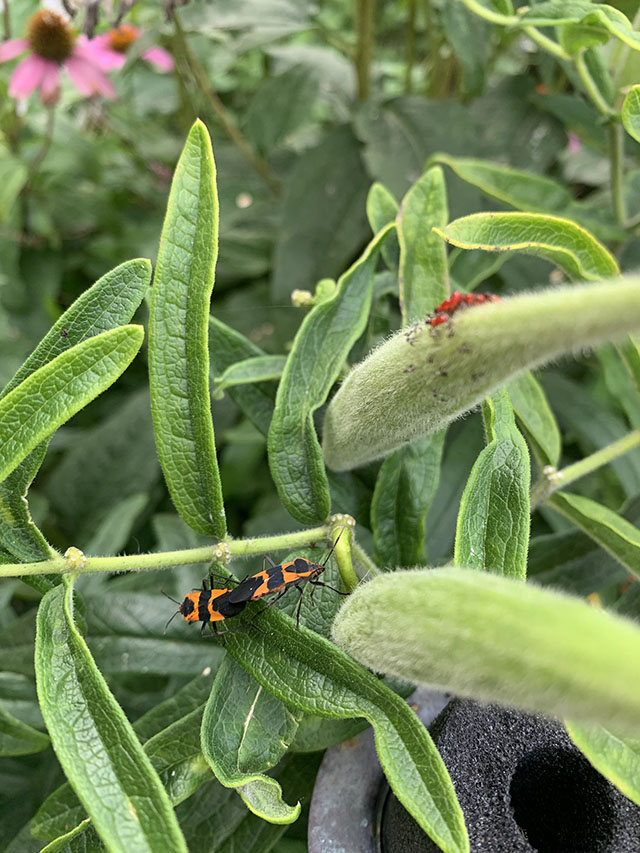
I was gardening the other day and spotted a bug I’ve never seen before. It had bright red-orange markings contrasting the insects long black, flat body. It was on a milkweed plant. I took a closer look and noticed there were two bugs actually, connected back to back. Also on a seed pod, I saw about 12 little red dots which reminded me of aphids. Those concerned me. I thought this was a late season pest infestation.
I immediately took out my phone and typed in a quick description. The critter in question is sensibly named the milkweed bug (Oncopeltus fasciatus). They are true bugs (hemipteran) of the family Lygaeidae. There are two types – small (¾ inch long) and large (½ inch long). This family of insects is commonly referred to as seed bugs because they use their long proboscis to puncture seed pods for nutrients. Milkweed bugs are found in Southern Canada, North American and live as south as Costa Rica.
From observation I thought the couple might be mating and in fact I was right! How exciting it was to witness this moment in my garden. I thought, “Wow, this is nature in action!” The red “dots” were nymphs in the second stage of development. They appear yellow in the first stage. The incubation period is about 4-5 days. There are five stages of metamorphosis. Each adult only lives for one month. They will overwinter in your fall garden debris.
I was relieved to learn that milkweed bugs are not harmful to milkweed plants or gardens. In the short time they live, their presence does very little damage to the plants they inhabit.
As monarch season approaches, my next thought was, “Are milkweed bugs harmful to monarchs?” Monarchs lay their eggs on milkweed exclusively, therefore the plant is essential to their survival. Can both of these insects share the same nursery? The answer is yes! While small milkweed bugs occasionally can be scavengers, they don’t pose a direct threat to monarch pupae. These two insects and others have co-existed on milkweed, relying on the plant as food for thousands of years.
This is very interesting. Both the monarch and milkweed bug have a unique feature. They have evolved a tolerance to the poisonous sap produced in milkweed. Notice both the monarch and the milkweed bug have similar coloring and markings. That color is a result of the toxic sap they ingest from the milkweed. Both insects use the stored poison from the milkweed plant as a defense mechanism. The bold orange color signals too predators, “Stay away, I am poisonous!”
Since milkweed bugs pose no harm, let nature take its beautiful course. Do not disturb the milkweed bug by using insecticides or other pest control measures. Those chemicals will also harm monarch larvae and other insects. The presence of milkweed bugs are important to the ecosystem – nature knows what it’s doing!
For more on gardening, me for the day-to-day in the garden on instagram – @theglorifiedtomato.
“Did you get Anna’s wetsuit yet? Thursday looks good,” Kristi’s text read. “Oh boy, I guess this is really happening.” I say to myself. The anxiety hits me.
In the abstract, I’ve been interested all these years in surfing but I never thought I’d be physically or mentally strong enough to pursue it. My friend Kristi had been gently nudging me to get in the water. This was back in May. I’m a people pleaser and I didn’t want to disappoint her. I thought she felt it would be something like a fun hobby or good exercise for me. Later, I learned Kristi knew surfing was something I needed.
My alarm goes off at 5:15 a.m. I guzzled down coffee while awkwardly pulling up the borrowed wetsuit, inch by inch, in the middle of my kitchen, naked. I felt like I was suiting up to launch into outer space. I was nervous of the unfamiliar endless abyss and the multitude of forces out of my control. I grabbed my neighbors foamy, adjusting it every which way under my arm as I crossed Shore Front Parkway barefoot.
Kristi instructs me on “the pop up.” I’m on the sand practicing. I feel like a heavy-footed Gorilla wrapped in rubber, jumping up and down with no sense of rhythm. We paddle out. She’s ahead of me. I can’t get past the break. Finally, we’re side by side atop our boards. Kristi begins with the basics. I’m trying to absorb all the information she’s sharing but I’m looking at an oystercatcher plunging into the water. He caught something I think. The sun is rising through the clouds. The sky is pink and orange like Mars. The salty breeze is warm against my face. I’m looking out into the ocean and I see the container ships on the horizon. And I think, “There’s a whole world out there.”
I’m all in.

My coach, Kristi Dickerson (Left). Kristi is an excellent surfer. She catches the (invisible) waves
I’ve learned so much already about the tides, waves and wind. There are endless variables and as Kristi often reminds me, each session will be different. Surfing is unlike any other sport. Every time you “play,” the “court” will never be the same. What’s working for you one morning, may not work the next. You need to be present and be malleable. You need to surrender, leave your ego at home, be open minded and never give up.
Paddle strength, arch flexibility, turning on the board, timing the wave, looking back, looking up, popping up, feet positioning, getting low, wiping out, and watching out – it’s all so hard for me. But I’ve been told by Kristi and my new friends in the water, that they’ve noticed improvement. The surfing community has been so supportive!
Each time I surf, the ocean teaches me something new, mechanically but more importantly, emotionally. I started the first week of June. It took me about three weeks to catch my first wave. The adrenaline rush was extreme! But I know now catching waves isn’t even the point, it’s bigger than that. It’s spiritual.
One day Kristi and I are sitting on the sand observing the line up. She casually mentioned how surfing entered her life. And then she said, “When you’re in the water you’re faced with the waves. They will come whether you’re prepared or not. You have a few choices. You can go under it or over it, or you can ride the wave. But you have to face it and get through it. There’s no other way.”
This is when I realized why Kristi kept pushing me to surf. She knew I needed the spiritual gift of surfing in my life. I was unaware until that moment on the sand, that she knew how much of a struggle this year has been for me. And teaching me to surf was and is her way of telling me that she cares. This is what friendship looks like. I’ll never be able to bake her enough banana bread to thank her for taking me under her fin, for becoming my surf coach, for her time and for her patience with me.
I’ve met a new community of surfer friends. I’ve asked some of them, “Why did you start surfing?” The stories are all different but each narrative ends with, “Surfing changed my life.”
by Paula D.
on August 24, 2022 11:54 am in Gifts
This August heat! Watering our gardens at this point in the season is crucial. We’ve spent months caring for our veggies and now it’s make or break.
Inconsistent watering will affect your tomatoes. I’m having a problem with my heirloom tomatoes… I have blossom-end rot. This is a common problem that often affects larger varieties simply because they take longer to mature. But blossom-end rot can also affect cherry, grape, and other smaller varieties.
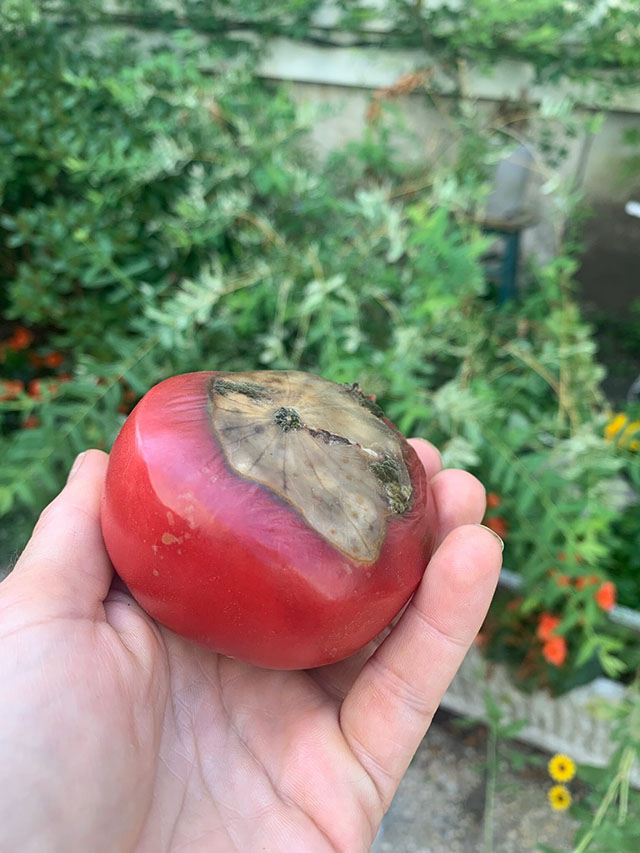
Blossom-End Rot
Blossom-end rot is a physiological condition (not fungal) caused by environmental stressors. Most often though, its lack of/or inconsistent watering or a calcium deficiency in the soil. Now, these above-mentioned issues go hand and hand. If you’ve composted in the spring, chances are there is enough calcium in your soil. The problem is that the plant can not access enough of this mineral because it is not being watered properly. The plant needs ample water to absorb the calcium. Temperature and salt also play a factor… and we have salt in our soil.
The condition starts with a dark “scab” on the bottom of the tomato. The blemish will continue to grow into a dark brown-like bruise.
It’s not too late to correct this nutrient problem. Here’s the midsummer fix:
- Remove all affected tomatoes so the plant is not wasting energy, water and calcium on these damaged fruits. It is safe to remove the blemish and eat the healthy part of the tomato.
- Buy a calcium supplement and use as directed. Egg shells will not work at this stage as they need time to decompose.
- Water twice a day in extreme heat. And when I say water, I mean saturate the soil. Sprinkling water on your garden isn’t enough. When you think about it, how much of that soil below is actually wet, maybe only an inch? The soil needs to be moist at least a foot deep.
- I wrote about mulching a few weeks back. Mulch around your tomato plants. Mulching prevents evaporation and will retain 80% of the soil moisture.
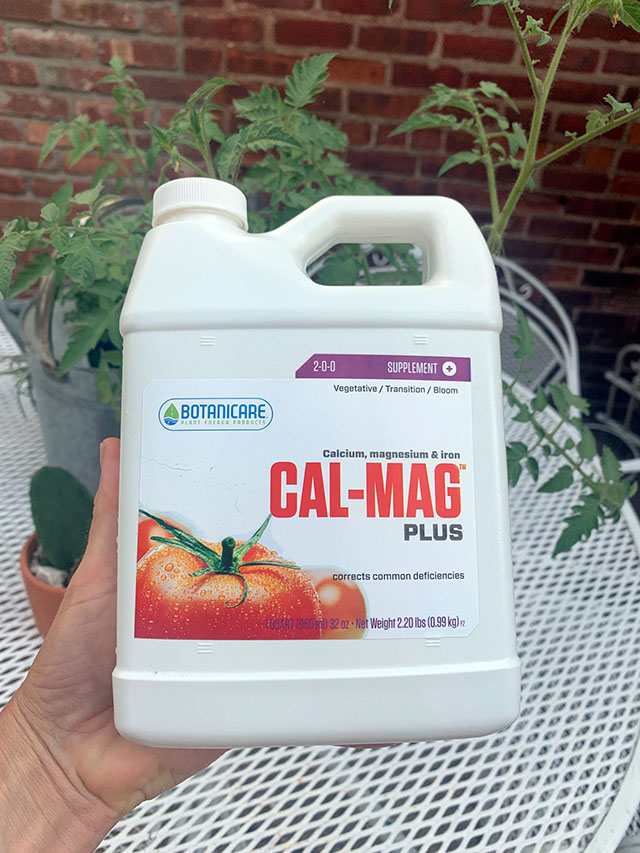
Follow this guide and the problem will resolve in about two weeks. There is still plenty of tomato time! Good luck.
NOTE: I came across this interesting bit about a tomato variety named “The Mortgage Lifter.” The cultivar was created in 1922 by Willam Estler of Barboursville, West Virginia (registered in 1932). The taste is a mild, sweet flavor. It’s pinkish red in color. The tomato is large and can grow to be two pounds! The Mortgage Lifter was the most popular of a group known as the Great Depression-era tomato breeds. They were developed for their saleability. It is said this allowed small plant nurseries and farmers to recover from debt.
For more on gardening, follow me for the day-to-day in the field on Instagram –@theglorifiedtomato.








